Some time ago I was directed towards a fascinating TED talk* by an American doctor (Atul Gawande) advocating greater use of checklists in hospitals. The aim being, in complex - in fact all - procedures, to avoid mistakes and ensuring that everything that needed to be done was done. I suspect that this approach may be why, when I had an operation recently they kept asking me for my “name, rank and serial number”. At least I hope that’s the reason rather than checking for sanity. A similar checklist approach is used by pilots for take-off and landing.
Checklists are something we probably all use as they can help us overcome forgetfulness, oversight or complacency. And are a practical way of giving meaning to the oft repeated phrase “attention to detail” in our shepherding.
I use two sorts of checklists: one is a “kit list” to make sure I have all the right equipment available in the run up for lambing, another is for going to a show/sale. The latter I keep on my mobile phone, and am still adding too. The other checklists I have recently developed are “individual animal checklists”. Currently I have three that I use – though only when I remember to check my checklist of checklists!
Probably the most valuable one is my late-night new born lamb checklist. In the early days of lambing it is quite easy to keep a track of lambs as they are born and put in a lambing box but as things get busy and I get tired it is very easy to miss at 1am something awry with a lamb and to think because it’s standing, and looks to be suckling, or snuggly curled up, all is well. So I make a conscious effort – with a clipboard and pen every night (at least) to check every lambing box for four things: Bums, Tums, Eyes and Skin. Or, if you want to make it more poetic, “Eyes, Bums, Skins ‘n Tums”
The Bum check is to check for some bowel movement, removing glued on faeces and unsticking the tail, (I use an old pair of flannelette pyjamas -not mine! The flannelette seems to be the ideal material for this messy job), the Tum check is to feel if there is milk in the gut – being mindful of the fact that some full tums aren’t as full as they feel and could be constipated (diagnosis may need to be linked to the bum and the skin checks), the Eye check is for in-turned eyelids and any infection/glue eye and lastly pinching the Skin to see if the lamb is dehydrated.
The skin goes down more slowly on a dry lamb. I am sure there are other things to be checked on (feed and water) but these four seem to be the most essential. And, using the checklist means that no lamb gets missed in the hurly-burly of lambing. I also have a much-stained three years old lambing book where birth weights (use a fisherman’s digital scale), birth dates and ewe/lambs are recorded as soon after birth as possible, with an iodine navel dip done immediately after weighing.
I am also using a checklist to sort through my lambs and ewes for which ones to keep. I do spend ages thinking about breeding lines and analysing performance data, but I realised after spotting a shearling with parrotjaw too late, that it is just as important to be thorough with the basics of a “correct” sheep. So for lambs I am thinking of keeping, at 18-24 weeks, I have a lamb checklist their mouths, feet, and depending on their sex, teats or testicles. For mouths and feet, I give positive and negative scores, as there is some variation between lambs and some are more borderline than others. A little while after weaning a similar ewe checklist is used with my ewes for culling though there is more emphasis on the condition of the udder. The same ewe list is also used to check condition score in the run up to tupping and during the winter as some ewes may need extra feeding.
The key purpose of the individual animal checklist is to make sure every animal is checked. I am pretty certain that my lamb survival rate in the barn immediately post lambing has gone up as a result. And it’s good to be picking out those ewes with damaged udders for early culling or greater care at lambing. Either way it is reassuring to know, for retained stock, that I am not wasting time and effort on an animal that is not up to the job or has an inherent weakness.
* Ted Talks www.ted.com
By Patrick Goldsworthy


